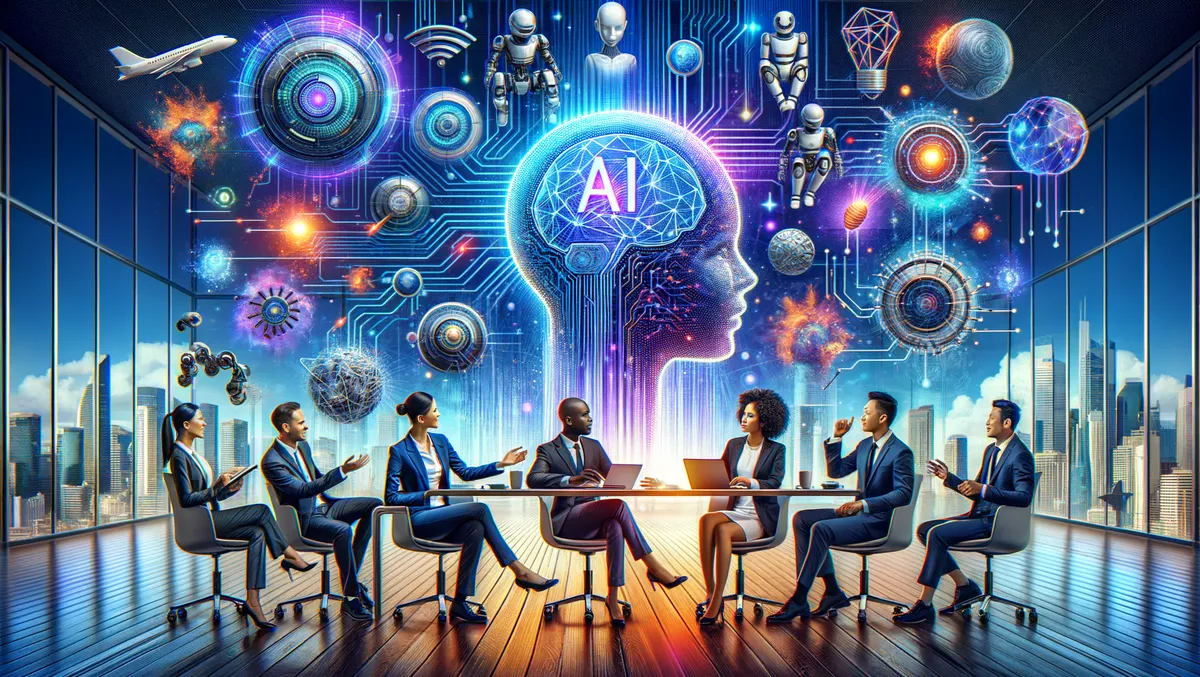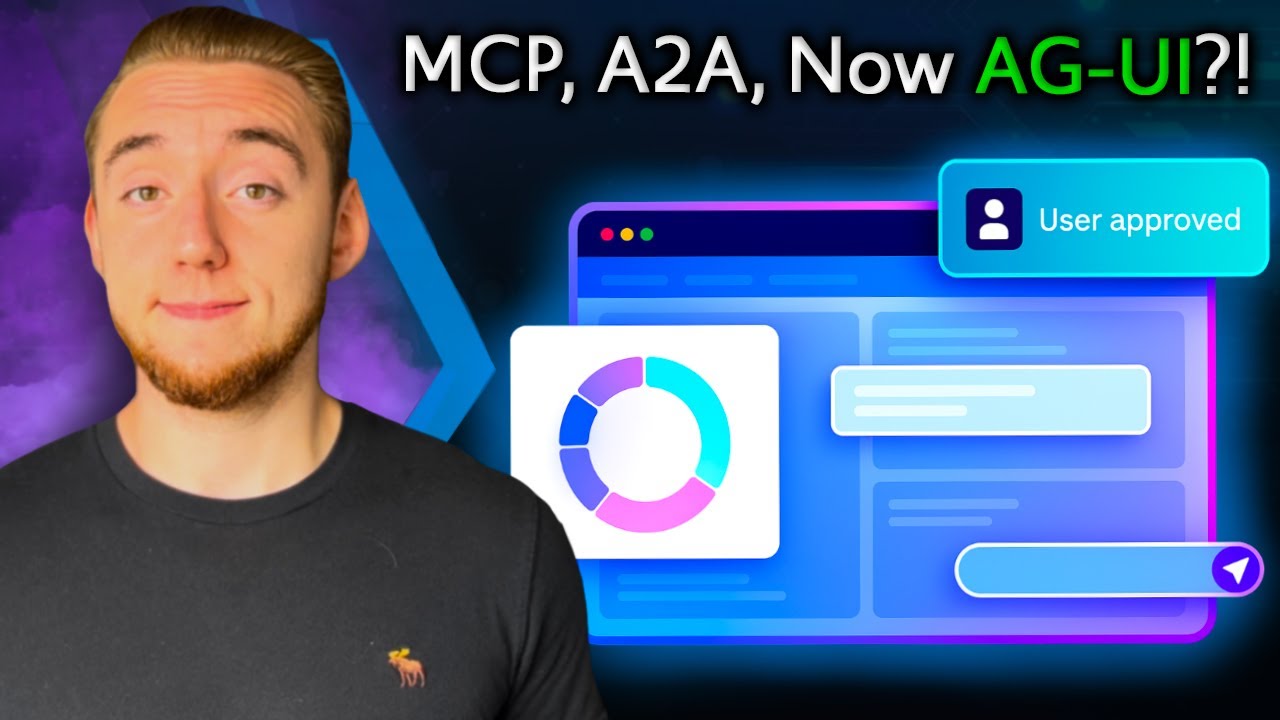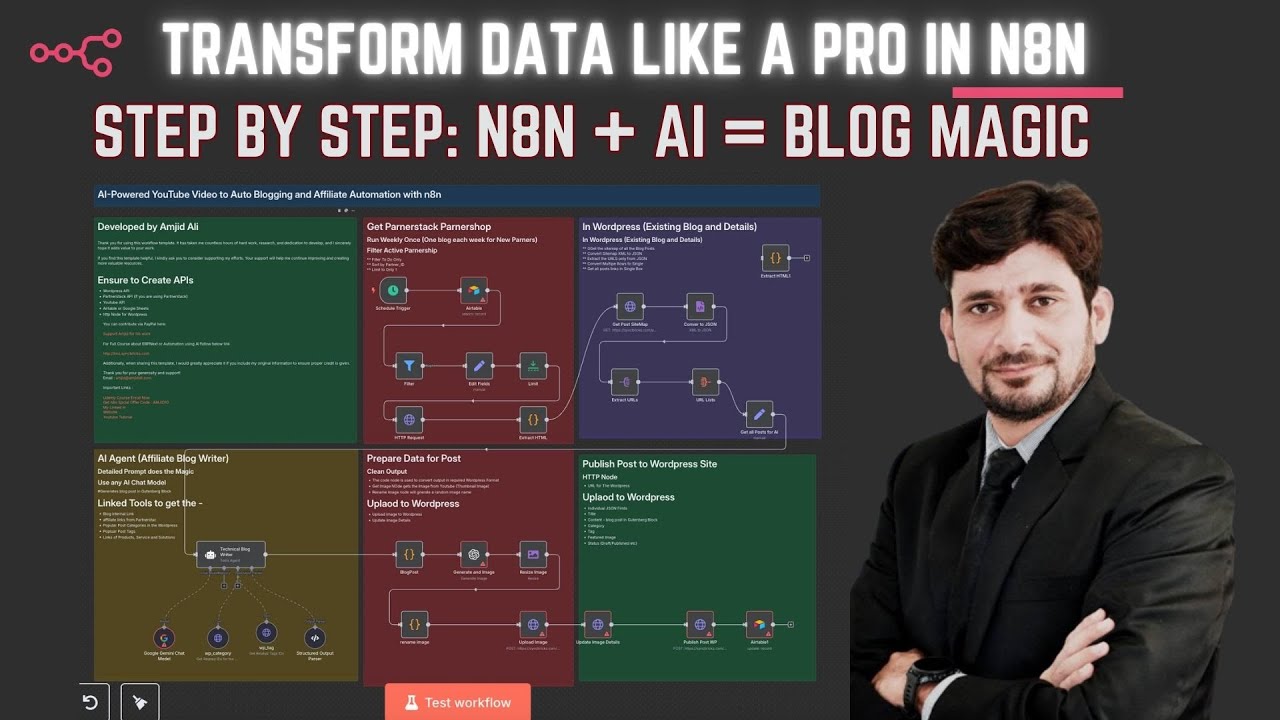
The digital age demands intelligent automation, and AI agents stand at the forefront of this revolution. In the latest masterclass, we distill hundreds of hours of research from OpenAI, Anthropic, and Google into a concise 18-minute guide, offering the best advice on AI agents without any fluff. This detailed article covers everything from foundational knowledge to real-world applications, ensuring readers gain a solid grasp on building, understanding, and deploying AI agents effectively.
Understanding AI Agents: The Core Concept
AI agents are systems that leverage large language models (LLMs) like GPT, Gemini, and Claude to perform tasks autonomously on our behalf. Unlike straightforward automation workflows, AI agents possess reasoning capabilities that allow them to decide when and how to act, observe the outcomes of their actions, and adapt accordingly. This dynamic loop of reasoning, action, and observation forms the essence of what makes AI agents powerful.
According to Google, an agent is “an application that attempts to achieve a goal by observing the world and acting upon it.” Anthropic describes agents as systems where LLMs dynamically direct their own processes and tool usage, while OpenAI defines them as entities that independently accomplish tasks on behalf of users.
When to Build AI Agents vs. Traditional Automation
Not every automation requires an AI agent. Agents are best suited for scenarios involving complex decision-making, flexible reasoning, and environments with unpredictable or “brittle” logic that traditional workflows cannot handle efficiently. For routine, stable workflows, traditional automation integrated with LLMs may suffice without the need for advanced agent architectures.
For example, a linear content creation workflow using an LLM lacks the adaptability of an AI agent. In contrast, an agent can analyze various files dynamically, changing its course of action based on observations — a flexibility that comes with increased complexity and unpredictability.
The Four Fundamental Components of AI Agents
Every AI agent is built upon four crucial components:
- Large Language Model (LLM): The brain providing reasoning power.
- Tools: Interfaces allowing the agent to interact with its environment.
- Instructions (System Prompt): Guidelines that define agent behavior and tone.
- Memory: Both short-term (conversation history) and long-term memory to retain goals, preferences, and past interactions.
Understanding and optimizing these components is key to successful AI agent development, as issues typically arise from one of these elements.
Reasoning Patterns in AI Agents
Agents employ various reasoning frameworks, with the most common being the REACT (Reason, Act, Observe, and Think) pattern. Other approaches include Chain of Thought, which involves step-by-step logic, and Tree of Thought, enabling exploration of multiple potential outcomes simultaneously.
AugmentCode: Enhancing AI Coding Assistance
This masterclass highlights AugmentCode, an advanced AI agent designed to understand complex codebases and support developers by indexing and reasoning over entire projects, providing precise and context-aware coding assistance. AugmentCode offers a 14-day free trial and integrates with popular IDEs, proving indispensable for coding in large-scale software development.
Common Architectural Patterns for AI Agents
Various agent architectures exist, such as prompt chaining, routing, evaluator loops, orchestrator and worker models, and autonomous loops. The single-agent system is simpler and preferred until complexity demands multi-agent orchestration to balance tool overload and task complexity.
Implementing Safety and Guardrails
Due to inherent LLM hallucinations, robust safety protocols are essential. Guardrails like read-only tool access, human-in-the-loop review, output filtering, and rigorous pre-deployment testing ensure reliability and minimize risks. OpenAI’s guide offers comprehensive strategies to build effective safety mechanisms for AI agents.
Best Practices for Building AI Agents
- Start simple and validate agent reasoning for transparency.
- Provide clear and detailed instructions for both agents and their tools.
- Prioritize continuous evaluation and refinement over initial coding.
- Maintain human oversight to prevent over-reliance on agents.
Real-World Use Cases for AI Agents
- Customer service automation, including query classification and response.
- Business operation tasks like refund approvals and document review.
- Email and file organization, research assistance, and development workflows.
- Scheduling and calendar management integrations with task systems like ClickUp and ASA.
Frameworks and Tools for AI Agent Development
Popular frameworks mentioned include Google’s Vertex AI, LangChain, OpenAI Agents SDK, Langraph, Agno, Crew AI, Hugging Face small agents, and Pydantic AI. Each offers unique pros and cons worth exploring depending on your project needs.
Focusing on Outcomes Over Complexity
When building AI agents, prioritize the outcomes and return on investment rather than getting lost in architectural complexity or showcasing technological sophistication. Practical, effective solutions that meet business or personal goals are the ultimate measure of success.
Watch the Video Tutorial
Related Articles You May Like
- Ultimate RAG MCP Server for AI Coding
- AI-Powered YouTube to WordPress Auto Blog Using N8N
- OpenAI Recruitment Tools
For those interested in expanding their knowledge and practical skills, exploring these related blog posts can offer complementary insights and applications of AI technology in various domains.
This comprehensive guide encapsulates best practices and research-backed insights from leading AI organizations, enabling practitioners to build effective, safe, and impactful AI agents. Dive in, learn, and start innovating with AI agents today.




